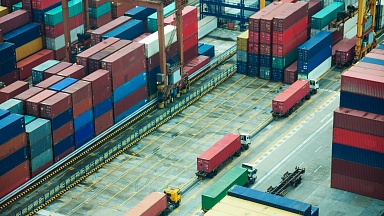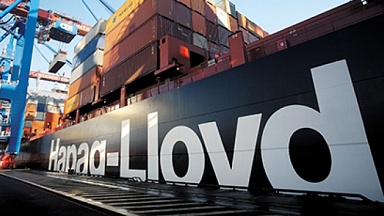Credit rating agency Fitch says the short-term profitability of ocean carriers «will benefit from increased freight rates, which exceed the cost of re-routing».
It added: «The recent container rate hikes exceed the additional costs of re-routing and will boost near-term profitability for container shipping companies and vessel lessors.
«We estimate that shipping companies’ operating costs on the affected routes have increased by about 50%, which is significantly lower than the actual rate increases,» said Fitch.
Moreover, Fitch said, the current elevated spot rates would affect contract rates, resulting in higher average rates per teu for the full year, and this would help mitigate carriers from the impact of lower demand in what otherwise was expected to be a weak 2024.
However, it warned: «A resolution of the Middle Eastern conflict and a recovery of Suez Canal crossings to pre-conflict levels could reduce freight rates and shipping companies’ profits.»
Nevertheless, the ratings agency believes the Red Sea disruptions, as well as Panama Canal draught restrictions «could keep freight rates higher for longer».
So far, the only indication of profitability levels for Q1 has come from Japanese carrier ONE, which for its final quarter to 30 March, has forecast a net profit of $239m — compared with a loss of $83m in the previous quarter.
Notwithstanding the unexpected revenue boost from the Red Sea re-routings, Maersk CEO Vincent Clerc was pessimistic during the company’s 8 February earnings call, making a conservative prediction of, at best, breakeven, down to a loss of $5bn, for the full year.
«In Q1 we will over-recover; compared to the straight cost of the transport, this will cushion earnings in the first quarter, but overtime costs will still be there,» he said.
Mr Clerc said that for Asia-Europe business, where lower-rate contracts had already been agreed, diversion surcharges would come off immediately ships resumed Suez Canal transits.
However, other tradelanes, such as the transpacific, may prove more remunerative for carriers like Maersk.
Indeed, at the S&P Global TPM24 conference last week, the traditional start of negotiations for new Asia to US annual contracts that run from May through to April, very few deals were done, based on feedback to The Loadstar, both at the event and via post-TPM contact.
According to a number of reports, carrier account managers responded to tenders with «unrealistic» quotes that tracked the big jump in spot rates seen on the transpacific since December.
As a consequence, shippers and carriers are playing a waiting game, the former trusting that the erosion of spot rates will accelerate, while carriers will do everything they can to keep them higher, which includes capacity management, before existing contracts expire.



